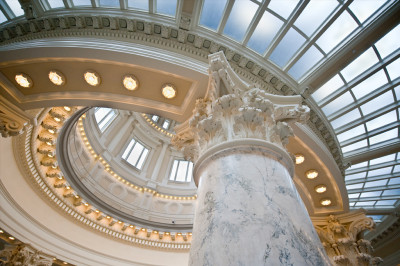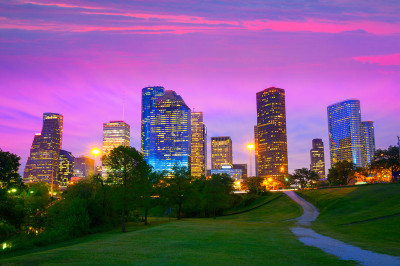You may have heard that “work is not a place; it’s a thing you do.”
I’m not sure when this phrase was first coined. But with mobile technology and changes in company personnel, policies have certainly made this a reality now.
However, workplaces are still important spaces. It’s where we connect with our colleagues, socialize and have unplanned conversations and interactions. Without the physical space, we can’t build these sorts of relations. Without physical space, organizations are in danger of becoming so loose that the culture just disappears. Maybe I’m old fashioned, but I Iike to go somewhere to work and see and meet new people. Doing it virtually is just not the same.
Plus: Why corporates don’t want a corporate workspace anymore | WeWork raises the bar for workplaces
Although we have the ability now to work anywhere and anytime, let’s assume that in the future there is still a physical office where you go to work at least some of the time. Now, the boundaries of the office are starting to get fuzzy. It’s not just the desk you work at; you can roam around the office and work in the appropriate work setting because our workplaces are getting more and more mobile. You can probably count the coffee shop downstairs as part of your workplace, as well, or even the park across the road. But when your work day extends beyond the traditional working hours, your non-work life starts to blend with your work life: When you are at work you do personal things, and when you are at home you do work things.
Also: How to keep your office building from hitting its peak | Will data transparency disrupt CRE?
The boundaries of our workplace become fuzzier and fuzzier!
If our workplace starts extending out to the street and beyond, the way in which the public realm works becomes really important to our health and welfare — that is, the appeal of a building and our ability to be productive.
Building owners and occupiers need to start paying as much attention to the location of their building as to the space inside. The building needs to have amenities like good food choice, shopping convenience, ubiquitous Wi-Fi, and it needs to be a safe, fun and human-friendly place to be.
With these items at the top of our work space planning agenda, there’s a real opportunity to create a workplace that has a feeling of community, is appealing and encourages optimum productivity.
Find out more about how workplace strategy can help create an authentic workplace. For more insights and discussion, follow our Colliers Collaboration page on LinkedIn.
As National Director of Workplace Strategy and Design for Colliers International in Australia, Peter is a workplace strategist and qualified architect with over 25 years’ experience in workplace and base building design, working with clients ranging from Bauer Media Group, AT Kearney, Ricoh, ANZ Bank and Citrix.

 Colliers Insights Team
Colliers Insights Team


 Coy Davidson
Coy Davidson